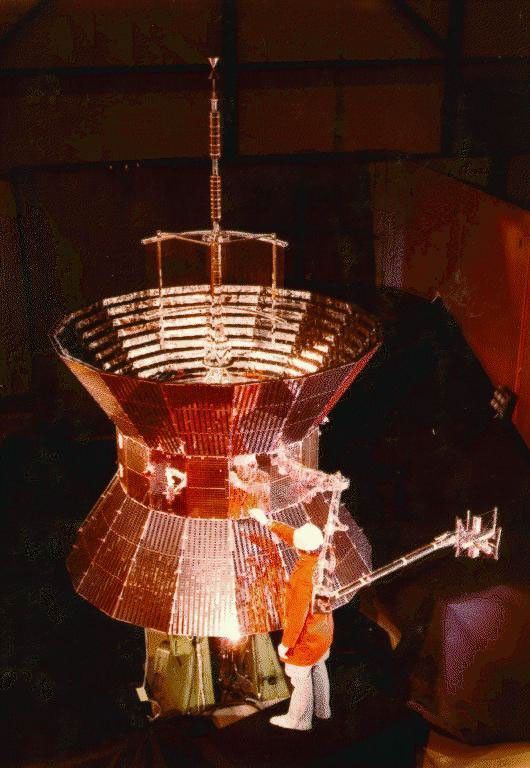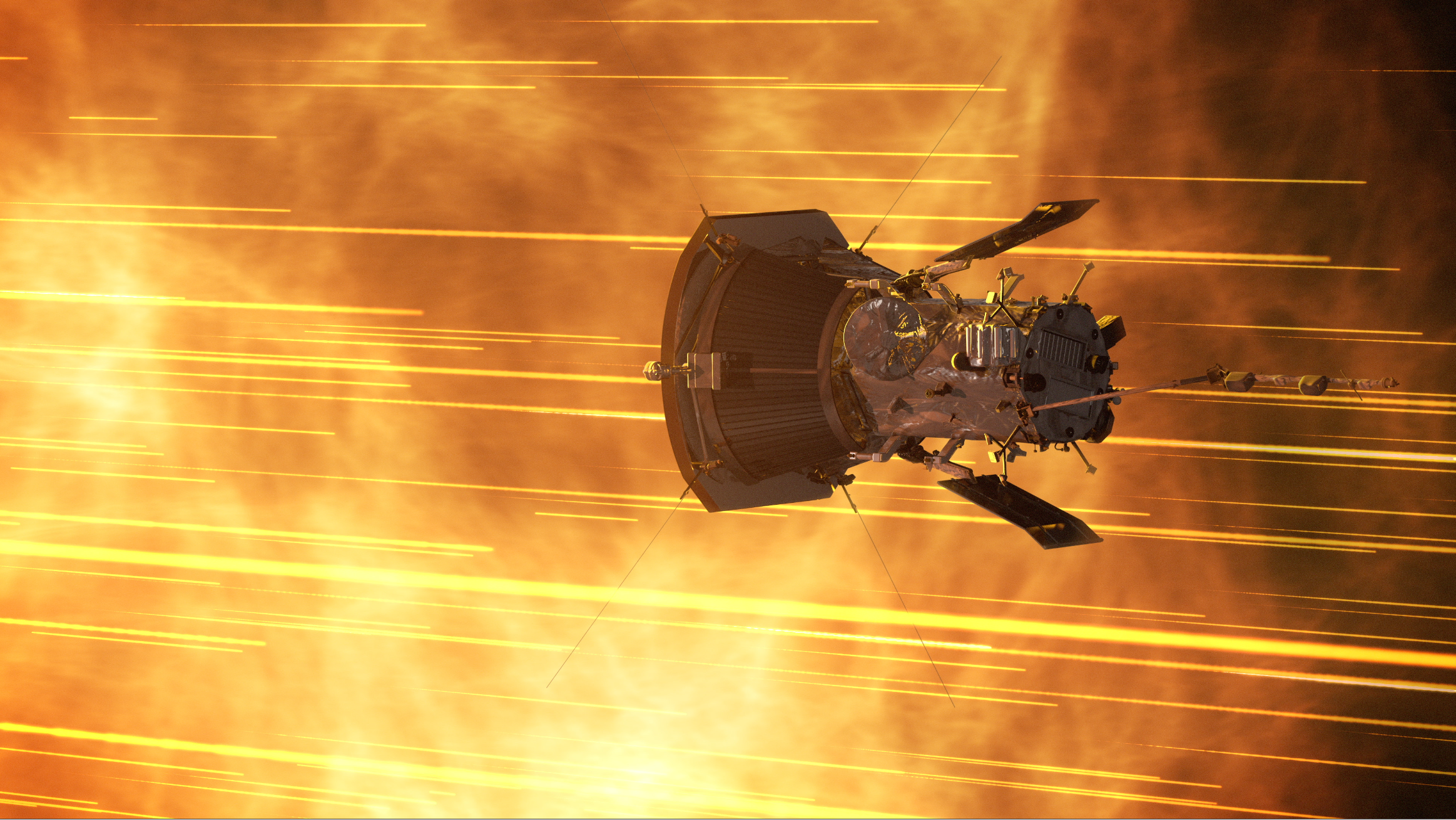Helios 1
Type
Launch
Target
Objective
Mission Type: Orbiter
Launch Vehicle: Titan IIIE-Centaur (TC-5 / Titan no. E-5 / Centaur D-IT)
Launch Site: Cape Canaveral, USA, launch complex 41
Spacecraft Mass: 370 kg
Spacecraft Instruments: 1) plasma detector; 2) two fluxgate magnetometers; 3) plasma and radio wave experiment; 4) cosmic-ray detectors; 5) electron detector; 6) zodiacal light photometer; 7) micrometeoroid analyzer; 8) celestial mechanics experiment
Total Cost: $260 million (of which Germany paid $180 million)
References:
Deep Space Chronicle: A Chronology of Deep Space and Planetary Probes 1958-2000, Monographs in Aerospace History No. 24, by Asif A. Siddiqi
National Space Science Data Center, http://nssdc.gsfc.nasa.gov/
Solar System Log by Andrew Wilson, published 1987 by Jane's Publishing Co. Ltd.
Launch: Dec. 10, 1974
Helios 1 was a joint German-American deep-space mission to study the main solar processes and solar-terrestrial relationships. Specifically, the spacecraft's instruments were designed to investigate phenomena such as solar wind, magnetic and electric fields, cosmic rays, and cosmic dust in regions between Earth's orbit and approximately 0.3 AU from the Sun.
It was the largest bilateral project to date for NASA, with the Federal Republic of Germany (FRG, aka West Germany) paying about $180 million of the total $260 million cost. The FRG provided the spacecraft and NASA the launch vehicles. Experiments were provided by scientists from both FRG and the U.S.
After a successful launch, Helios 1 passed within 29 million miles (47 million kilometers) of the Sun at a speed of 148,000 mph (238,000 kph) on March 15, 1975, the closest any human-made object had been to our nearest star. During its mission, the spacecraft spun once every second to evenly distribute the heat coming from the Sun, 90% of which was reflected by optical surface mirrors. Its data indicated the presence of 15 times more micrometeorites close to the Sun than there are near Earth.
Helios 1's data was correlated with the Interplanetary Monitoring Platform (IMP) Explorers 47 and 50 in Earth orbit, the Pioneer solar orbiters, and Pioneers 10 and 11 en route to leaving the solar system. Control was maintained from a German center outside of Munich. Data was received until late 1982.




































